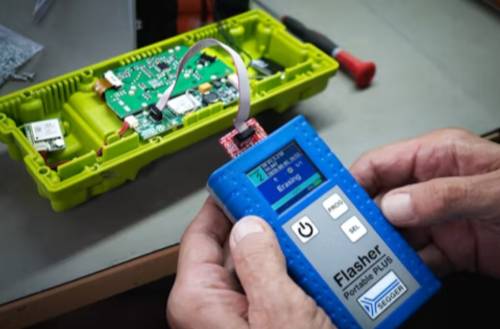Surface Mount Technology (SMT) has revolutionized the electronics industry by enabling the miniaturization of electronic devices and improving circuit performance. Effective SMT assembly design is crucial for ensuring high-quality, reliable, and cost-efficient manufacturing. This article outlines key considerations and best practices for optimizing SMT assembly design.
1. PCB Design and Layout
The foundation of successful SMT assembly lies in meticulous PCB (Printed Circuit Board) design. Key factors to consider include:
- Component Placement: Place components to minimize trace lengths and avoid signal interference. Group related components together and maintain consistent orientation for ease of automated placement.
- Pad Design: Ensure pad sizes conform to component leads and are compatible with solder paste deposition. Use appropriate pad designs to avoid solder joint defects such as cold solder or tombstoning.
- Trace Routing: Optimize trace routing to reduce signal integrity issues. Use wider traces for high-current paths and maintain proper spacing to prevent short circuits.
2. Solder Paste Application
Solder paste application is critical for forming reliable solder joints. Key considerations include:
- Stencil Design: Design stencils with the correct aperture sizes and spacing to match the component leads and pad sizes. Proper stencil design helps in achieving uniform solder paste deposition.
- Paste Quality: Use high-quality solder paste with consistent viscosity and particle size. Ensure proper storage and handling to maintain paste effectiveness.

3. Component Handling and Placement
Accurate component placement is essential for reliable SMT assembly. Best practices include:
- Automated Placement: Use pick-and-place machines for precise component placement. Ensure machines are calibrated and maintained regularly to avoid placement errors.
- Component Orientation: Verify that components are oriented correctly according to the PCB design. Incorrect orientation can lead to assembly defects and functional failures.
4. Reflow Soldering
Reflow soldering is a critical process for creating strong solder joints. Key factors include:
- Temperature Profile: Develop a temperature profile that matches the solder paste specifications and component tolerances. Avoid excessive temperatures to prevent component damage and solder defects.
- Inspection: Implement in-line inspection systems to monitor the reflow process and detect any anomalies. Automated optical inspection (AOI) can help identify solder joint defects and placement errors.
5. Testing and Quality Assurance
Testing and quality assurance are vital to ensure the reliability of SMT assemblies. Key practices include:
- Functional Testing: Perform functional tests to verify that the assembled circuit operates as intended. Implement test points on the PCB to facilitate testing.
- Quality Checks: Conduct visual inspections and use X-ray inspection to identify hidden defects, such as solder bridges and component misalignments.
For SMT assembly services, please email us at [email protected] and follow Shenzhen Tengxin Jie Electronics Co., Ltd.

